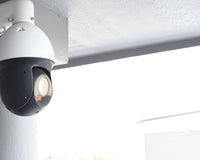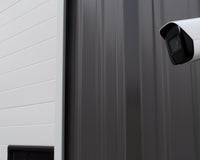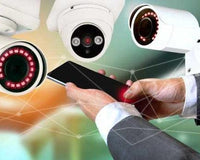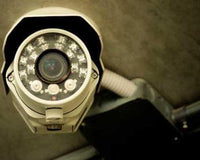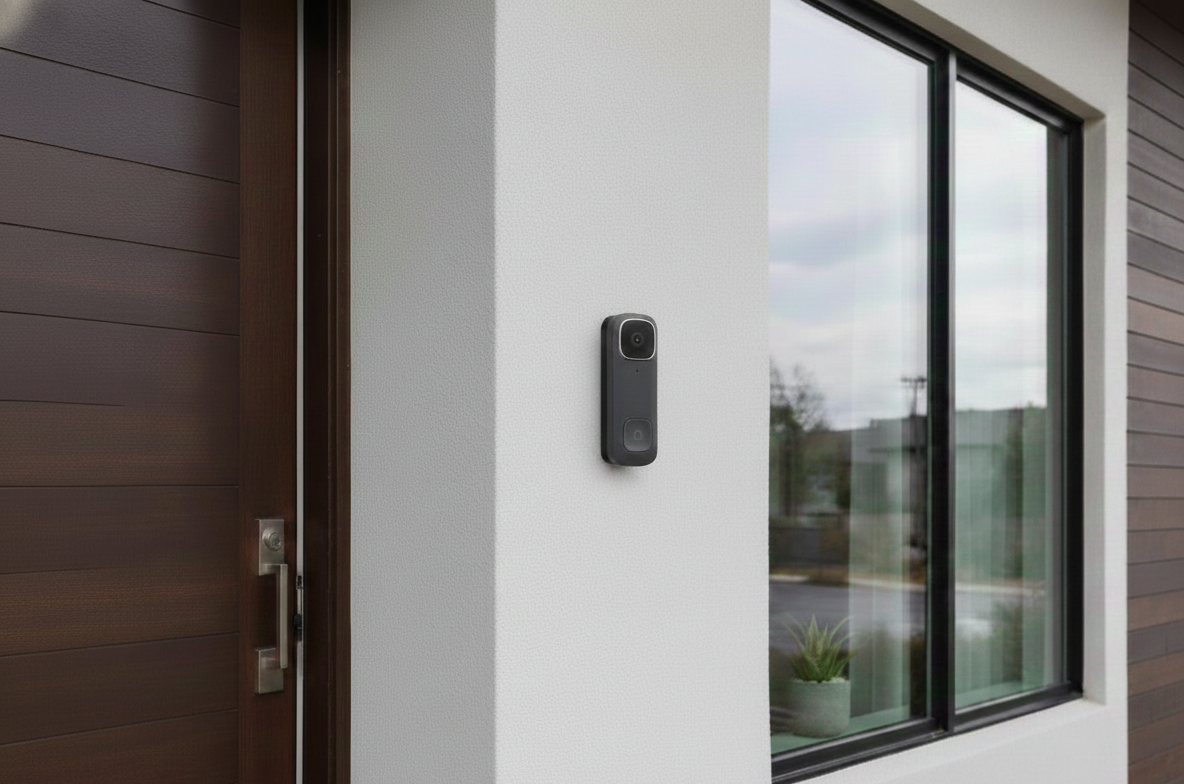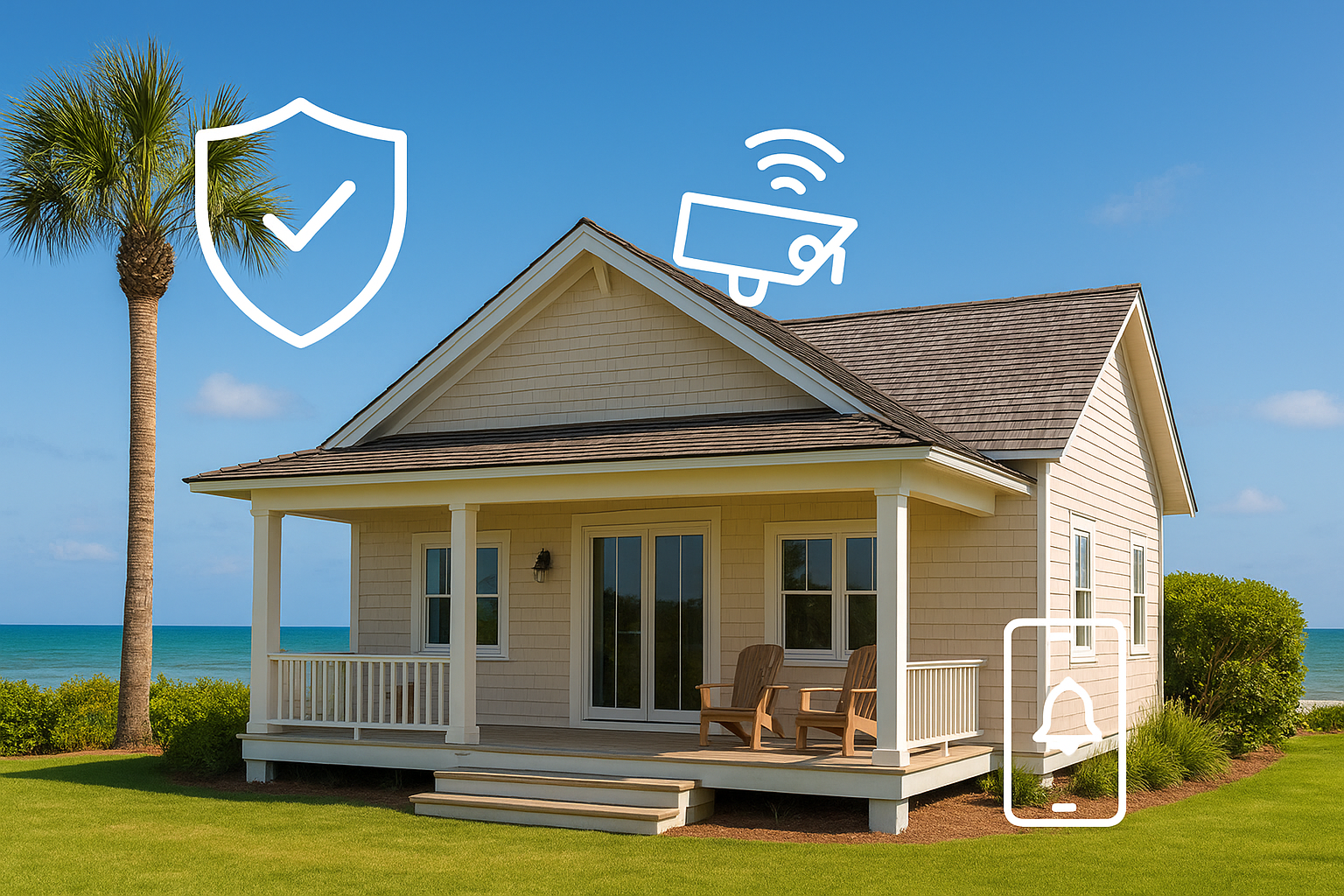Setting Up and Managing Your Network Cameras with IPConfig Tool
Are you looking to find your camera on the network or set up your wireless camera? If so, the IPConfig tool is an incredibly useful resource to help you get everything up and running smoothly. Whether you’re working with cameras, NVRs, switches, or bridges, IPConfig makes it easy to manage your network-connected devices. You can use this tool to initialize cameras, change IP addresses, and even easily link to the web interface for further configuration.
You can download this tool from our Help Center by using the link listed here. This will be installed on your computer so if you do not have one you will not be able to use this program.
https://montavuehelp.kinsta.cloud/ip-config/
When you install IPConfig make sure you change the language to English as it automatically selects Chinese.
In this blog, we’ll walk you through the initial steps you should follow when using IPConfig to set up or manage your devices.
1. Start with Your Security System Login
Before diving into any settings, the first thing you’ll need to do is go into the Search Settings and input the password for your security system. This step is crucial, as it grants you permission to make changes to the devices and equipment on your network.
Once logged in, you’ll be able to modify settings such as device initialization, IP address changes, and more. This password will ensure you have access to perform any administrative actions needed.
2. Search for Devices on Your Network
On the top left-hand side of the IPConfig interface, you’ll see a section called Devices Found. To search for connected devices like cameras, NVRs, switches, and bridges, simply click on the Refresh button. This will initiate a network scan, allowing the tool to detect and display all your connected devices.
3. Camera Setup: Getting Your New Camera Online
If you’re setting up a brand-new camera that will be added to your network or the NVR, it will initially appear grayed out with a status of Uninitialized. This is normal, but don’t worry—it’s easy to fix.
To initialize the camera:
- Click the checkbox next to the camera you want to set up.
- Press the Initialize button.
- Follow the prompts in the setup wizard, where you will assign an IP address and configure the camera’s password.
Pro Tip: Make sure the camera’s password matches the password used on your NVR. This will help ensure smooth communication and allow the devices to connect easily.
4. Changing the IP Address of Devices
Sometimes you might need to change the IP address of your networked devices. The Cameras will automatically be assigned 192.168.1.108, so make sure that you change the IP of the camera to another number so you don't run into any issues. In IPConfig, it’s a simple process:
- Find the device whose IP you want to change.
- Click on the Edit option next to the device.
- Update the IP address fields with your new settings.
- After making the changes, click OK.
Once updated, the IP will be set to static, meaning it won’t change unless manually adjusted. If you encounter issues while changing the IP, double-check that you have input your password correctly in the Search Settings—this ensures you have the necessary access to make the changes.
5. Troubleshooting Device Connections
IPConfig isn’t just useful for setup—it’s also a great tool for troubleshooting. You can use it to check the status of your cameras on the network and see if they are properly communicating with your NVR. This will be able to let us know if the camera is even on the network or not.
You can also use the Web button to the left of the camera to acces the Camera from your Web Browser to be able to do any additional settings for the camera itself.
With these basic functions, IPConfig can simplify the management and setup of your networked security devices. From initializing cameras to adjusting IP addresses, the tool provides a streamlined experience for both beginners and advanced users alike.
By following these simple steps, you’ll ensure that your devices are properly configured and connected, giving you peace of mind when monitoring your security system.


